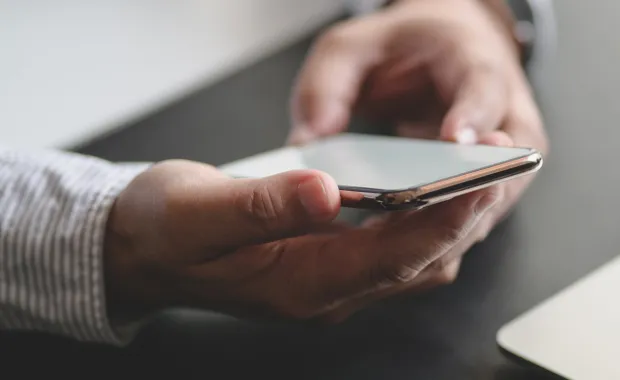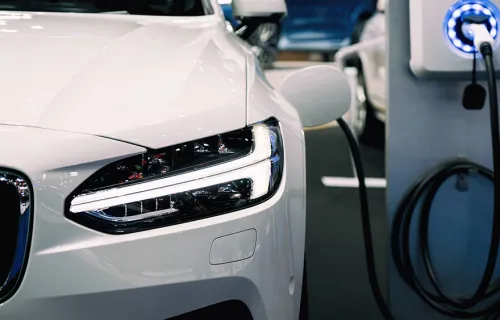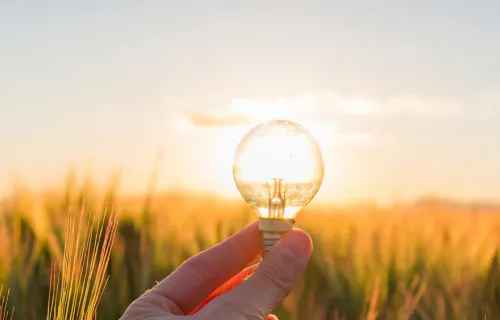The first sandboxing phase of the Internet of Energy (IO.Energy) project came to an end on Friday 9 October and was marked by an event attended by Thomas Dermine, the new State Secretary for Scientific Policy, Recovery and Strategic Investments. Eight pilot projects have been completed and others will be rolled out to explore new opportunities. These pilot projects or use cases will then enter a demonstration phase and could ultimately result in new products or services with the potential to truly shake up the energy landscape.
CGI Belgium is part of Flexity, one of the leading Use Cases within the IO.Energy Ecosystem1 and is a collaboration of several well-known players in the energy market (ENGIE, Fluvius, CGI and Elia) strengthened with some promising start-ups that offer new groundbreaking digital services (Jedlix, TIKO, Voltalis) to the end-consumer.
Flexity’s ambitions are twofold:
- Test which household assets (EV, boilers) can technically be operated and investigate what value can be
- offered (reduction in energy bill) to the end-consumer (ex. via ToU tariffs).
- Test how the digital meter facilitates the settlement of residential flexibility in the balancing market.
IO.Energy
In February 2019, Belgium’s energy system operators teamed up with 60 companies, public bodies and academic institutions to launch a collaborative innovation initiative called IO.Energy.
The IO.Energy ecosystem bridges the gap between digitalisation and sustainability and promotes innovation in the energy sector. It aims to develop new services through the exchange of data between all sector players. The focus is on end users, who will be able to tailor their generation and consumption to grid needs using a digital communication platform. This should ensure the optimum integration of intermittent renewable energies and new uses of electricity on Belgium’s various networks as well as its national grid.
First sandboxing phase comes to an end
Following on from a preliminary phase during which teams came up with various ideas and theories, eight pilot projects were selected in June 2019 to have their principles tested in real conditions. This first sandboxing phase helped the participants to understand and overcome potential obstacles to the commissioning of future products. The results of the various pilot projects have been announced and will also be compiled in a conclusion report.
Capsules summarizing the work of each group were also shared on the IO.Energy LinkedIn page.
IO.Energy 2.0: new pilot projects for a second sandboxing phase
The IO.Energy ecosystem is constantly evolving in line with developments in the energy sector. Times have changed since the project began, and there are now new ideas to explore. A second sandboxing phase will be launched to focus on these new opportunities, including electric mobility and household appliances, which have not yet been analysed in depth.
Next up: the demonstration phase
If they wish, the pilot projects from the first phase whose technologies’ potential and value for consumers have been confirmed can take part in a larger-scale demonstration. During this second phase, energy service providers will be able to showcase the added value of their service offering. New pilot projects may also take part in this phase.
Consumer panel
As part of this new sandboxing phase as well as the subsequent demonstration phase, between 100 and 150 volunteers will form a consumer panel tasked with testing the innovative projects of their choice. Once the technology is fully tried and tested, the relevant legislation may need to be amended and market traction could be established.




